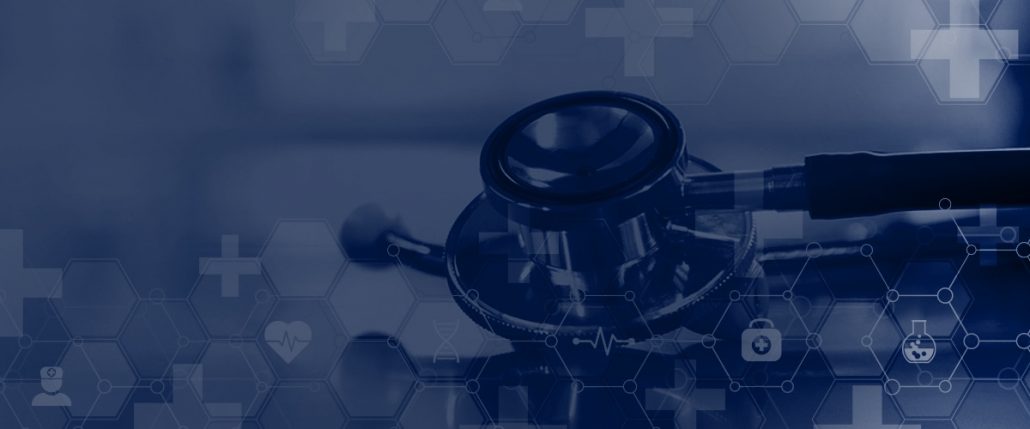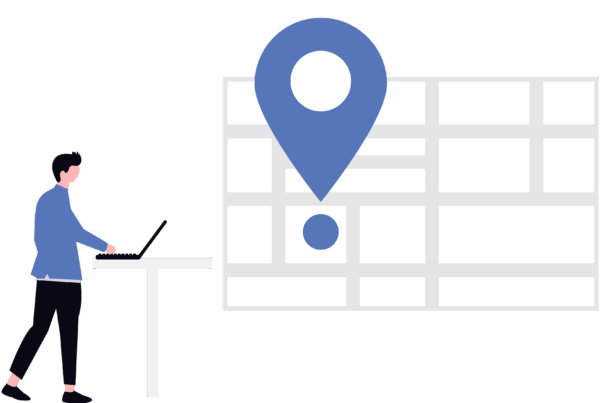
With attacks on healthcare rising dramatically, SonicWall’s Capture Cloud Platform helps ensure patient care delivery is more efficient, resilient and secure.
Within the last 30 days, data breaches at nearly 40 healthcare organizations across 20 U.S. states compromised almost 1.8 million individual records, according to the U.S. Department of Health and Human Services (HHS).
Unfortunately, this is just a snapshot of what’s shaping up to be another blistering year: The HHS breach disclosure report indicates that more than 9.5 million records have been affected thus far in 2022 (Figure 1), following last year’s record high of almost 45 million patients impacted.
As the frequency of attacks on the healthcare sector continues to rise worldwide — with recent attacks in Costa Rica, France and Canada, among many others — the global total is sure to be much higher.
How Healthcare Hacks Occur
Hacking incidents involving network servers and email remain the leading attack vectors, making up more than 80% of the total count (Figure 2).
Figure 1
Figure 2
Each patient profile contains rich demographic and health information, consisting of eighteen identifiers as defined under the HIPPA privacy rule. The 18 identifiers include:
- Name
- Addresses
- All dates, including the individual’s birthdate, admission date, discharge date, date of death, etc.
- Telephone numbers
- Fax number
- Email address
- Social Security Number (SSN)
- Medical record number
- Health plan beneficiary number
- Account number
- Certificate or license number
- Vehicle identifiers and serial numbers, including license plate numbers
- Device identifiers and serial numbers
- Web URL
- Internet Protocol (IP) address
- Biometric identifiers, such as finger or voice print
- Full-face photo
- Any other characteristic that could uniquely identify the individual
Threat actors favour electronic health records (EHR) or personal health records (PHR) because they’re useful in a wide array of criminal applications, such as identity theft, insurance fraud, extortion and more. Because there are so many ways this data can be used fraudulently, cybercriminals are able to fetch a higher price for it on the dark web. Meanwhile, these illegal actions cause long-term financial and mental stress for those whose information has been stolen.
Even though we have well-funded, fully equipped anti-hacking agencies across international jurisdictions, cybercriminals can still act with impunity and without fear of getting caught. With hacking tactics, techniques and procedures (TTP) evolving and getting better at evading detection, healthcare facilities can no longer risk having inadequate or unprepared defensive capabilities.
For many of those who have been caught flatfooted, the impacts on affected patients, providers and payers have been catastrophic. Besides the risks that data breaches pose to healthcare delivery organizations (HDOs), they can also dramatically affect facilities’ ability to provide lifesaving care. In a recent Ponemon Institute report, 36 percent of surveyed healthcare organizations said they saw more complications from medical procedures and 22 percent said they experienced increased death rates due to ransomware attacks.
When lives depend on the availability of the healthcare system, healthcare cybersecurity must do more and better to ensure patient safety and anytime, anywhere care.
How SonicWall Can Help
For the past three decades, SonicWall has worked with providers to help build a healthier healthcare system. During this time, our innovations have allowed us to meet new expectations regarding improving security, increasing operational efficiencies and reducing IT costs.
Today, SonicWall works with each organization individually to establish a comprehensive defence strategy that matches their business goals and positions care professionals for success. By leveraging our depth and breadth of experience in healthcare industry operations and processes, SonicWall helps HDOs avoid surprises and spend more time focused on their primary mission: ensuring the health and well-being of the communities they serve.
The journey from “I think I’m secured” to “I’m sure I’m secured” starts with the SonicWall Boundless Cybersecurity approach. This approach binds security, central management, advanced analytics and unified threat management across SonicWall’s entire portfolio of security solutions to form the Capture Cloud Platform. The architectural diagram in Figure 3 shows how SonicWall network, edge, endpoint, cloud, wireless, zero trust access, web, email, mobile and IoT security solutions come together as one security platform.
Figure 3
With the SonicWall Capture Cloud Platform, HDOs’ cybersecurity can do more and better by composing a custom, layered defence strategy to fit their specific needs or deploying the entire stack to establish a consistent security posture across their critical infrastructure. Combining these security solutions gives HDOs the necessary layered defence, along with a security framework to govern centrally, manage risks and comply with data protection laws.
Download SonicWall’s Boundless Cybersecurity for a Safer Healthcare Industry white paper to discover how to strengthen healthcare cybersecurity, making patient care delivery more efficient, resilient and secure.







